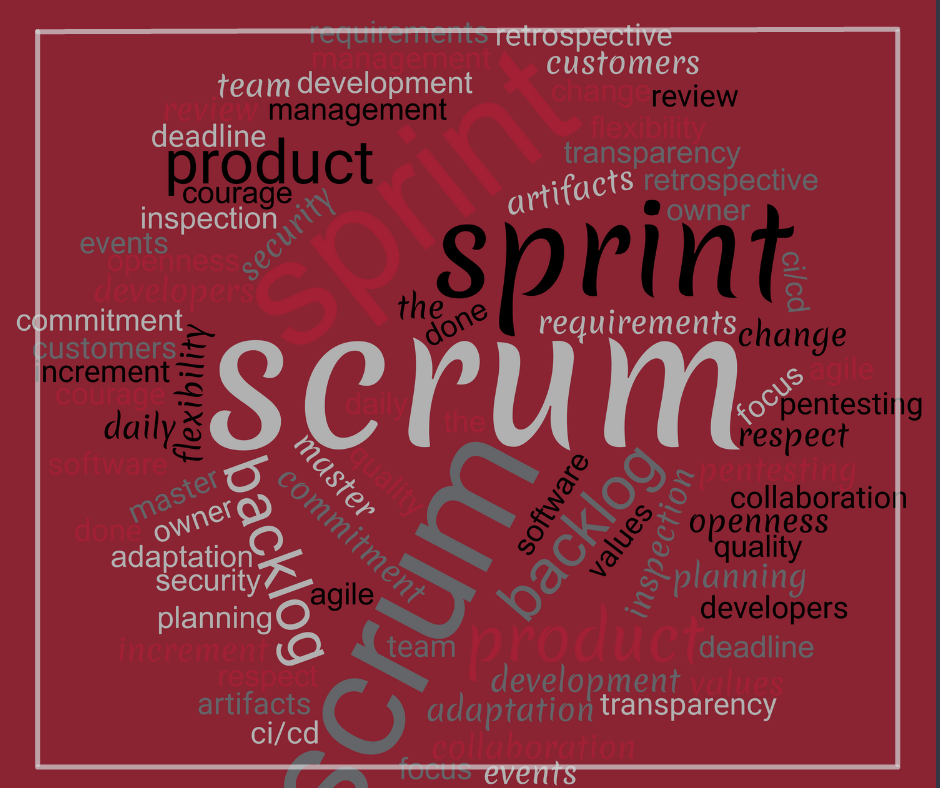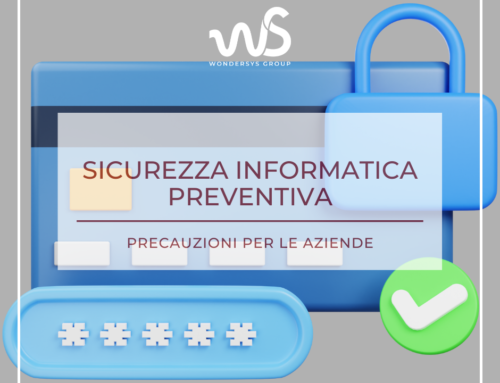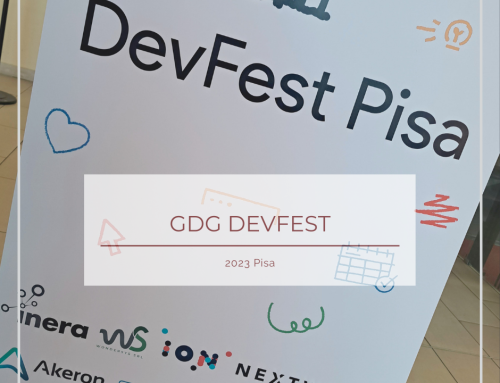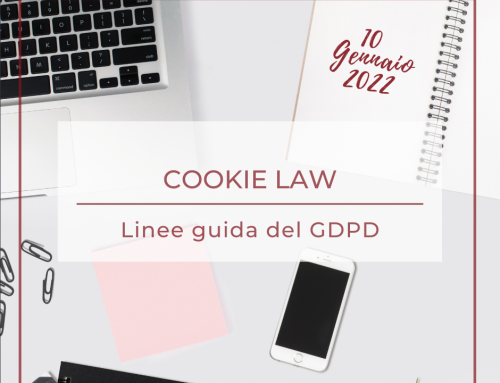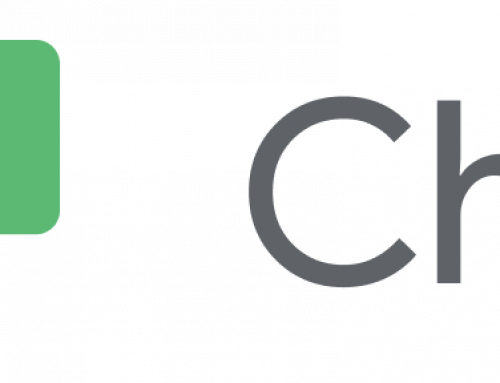Most of the software we develop for our customers continuously needs to be enhanced and enriched with new functionalities and features coming from new requirements. Today tailored company solutions grow with the company itself, are subject to new requirements coming from changes in the way of working, integration with new third party software, integration of new workflows and changes in regulations.
We need to guarantee that changes are integrated time-effectively and that the software development life cycle alway allows a greater grade of flexibility. Transparency and involvement of the customer in this process is fundamental. Having long development cycles with all requirements written down is nowadays simply impossible.
To achieve all the above requirements in Wondersys we choose to adopt an Agile approach with the Scrum framework. Who’s familiar with the rugby sport, knows when in a scrum players are closely packed together. This name has been taken from the rugby sport to highlight the team work that is performed in this agile approach to project development.
What is the Scrum framework?
The definition of the Scrum framework is all contained in the Scrum Guide, a short 13 pages document where every single sentence needs to be well understood and deeply analysed in order to fully get the framework principle. One thing is for sure true: the Scrum framework is simple but its implementation is difficult and is a process that needs to be continually improved, analysed and adapted to each context and circumstance.
Scrum is a framework for approaching complex problems. Most of the softwares we nowadays develop implements complex problems as too many elements are interconnected, rapidly change and are influenced by complex actors: the human being. And to solve complex problems Scrums uses an adaptive approach.
Team and Sprints in Agile development with Scrum
Scrum defines a set of actors, working together in the Scrum Team, participating in the project development process:
- Product Owner
- Developers
- Scrum Master
The work is carried on iteratively through events, the Sprints, each of them is limited to a maximum time of 30 days.
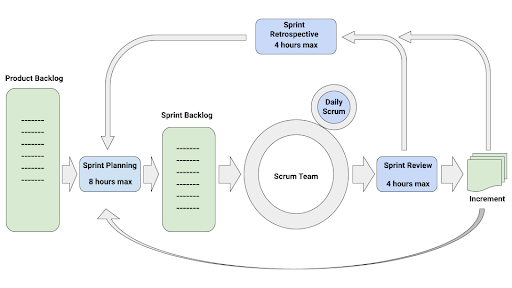
Sprint Framework workflow schema
The Product Backlog is the single source of requirements, and is continuously updated by the Product Owner based on the interaction with the stakeholders. At the beginning of each Sprint, in the Sprint Planning event is presented the Sprint Goal and the Developers define the Sprint Backlog, the subset of issues that will be implemented in the Sprint. Daily the developers meet together in the Daily scrum, a 15 minutes event where they collaborate discussing the progress done and adapting, if necessary, the Sprint Backlog. At the end of the Sprint, the Sprint Review event is used to present the results to the stakeholders (e.g. final users, customers, etc.). The results, compliant with the definition of “Done”, will contribute to the Increment, the step ahead in reaching the final result. In order to increase quality and efficiency, a Sprint Retrospective is performed giving feedback to the future plannings.
How we work
We involve the customer in this process sharing transparently the Backlog (the single source of requirements in Scrum) and letting them actively participate in the Sprint Review and interacting with the Product Owner ensuring that requirements and changes are continuously adapted.
Contact us to discuss your project and to understand how an Agile approach with the Scrum framework would benefit your customized development.
Giacomo Sergio
Managing Director @ Wondersys

